
Recognizing and Managing Vascular Occlusion After Dermal Fillers
Dermal fillers are now among the most common aesthetic procedures worldwide.

Botox Microdroplet Technique — Everything You Need to Know
Botox microdroplet injections use botulinum toxin type A to smooth out the skin, improve texture, and reduce shine.

Role of Biostimulators in Facial Rejuvenaton
As aesthetic practitioners seek more natural and long-lasting solutions for patients, the use of biostimulators injections has risen substantially.

HIPAA for Dermatologists: Guide to Staying Compliant
Running a dermatology practice requires a constant clinical focus on patient care—diagnosing, managing, and treating skin conditions—making it easy for administrative priorities like the Health Insurance Portability and Accountability Act of 1996 (HIPAA) regulation to fall to the bottom of the to-do list.

How to Deal with an Angry Patient
Managing an angry patient is an inevitable part of a healthcare provider’s life.

Dermatologist Marketing Ideas to Grow Your Practice
As a dermatologist, your expertise brings relief and hope to patients battling various skin conditions.
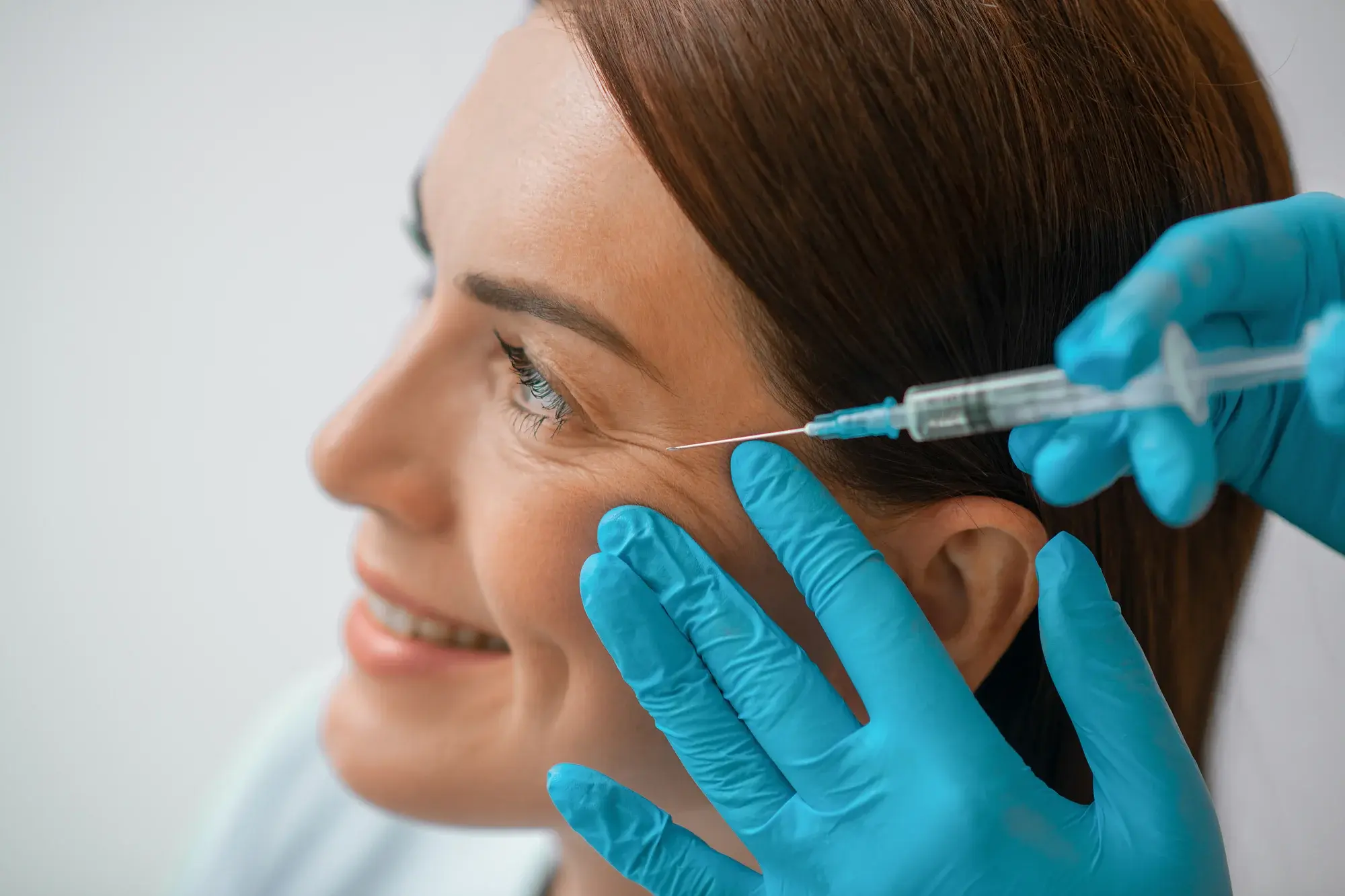
Polynucleotides Under Eyes: Benefits, Side Effects, Injection Technique, and More
Polynucleotides under eyes are a promising regenerative solution for addressing age-related periorbital issues.
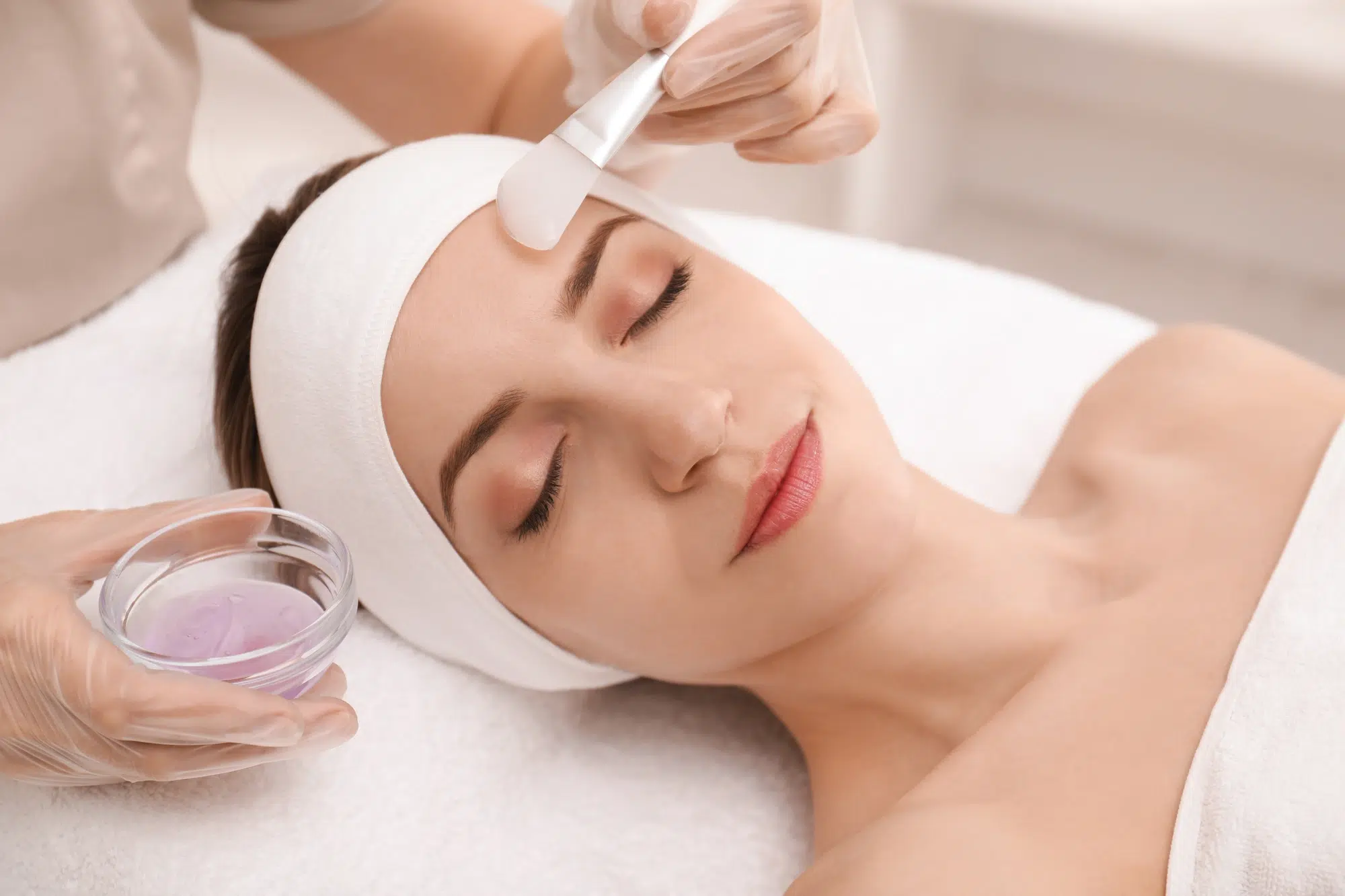
Do’s and Don’t of Chemical Peels for Sensitive Skin
There is a misconception about using sensitive skin chemical peels, as they are said to be already harsh on any skin type, even that of the best condition.

Expert Guide for Medical Device Inventory Management
Effective medical device inventory management is crucial for healthcare facilities to ensure the availability, safety, and proper functioning of medical equipment.
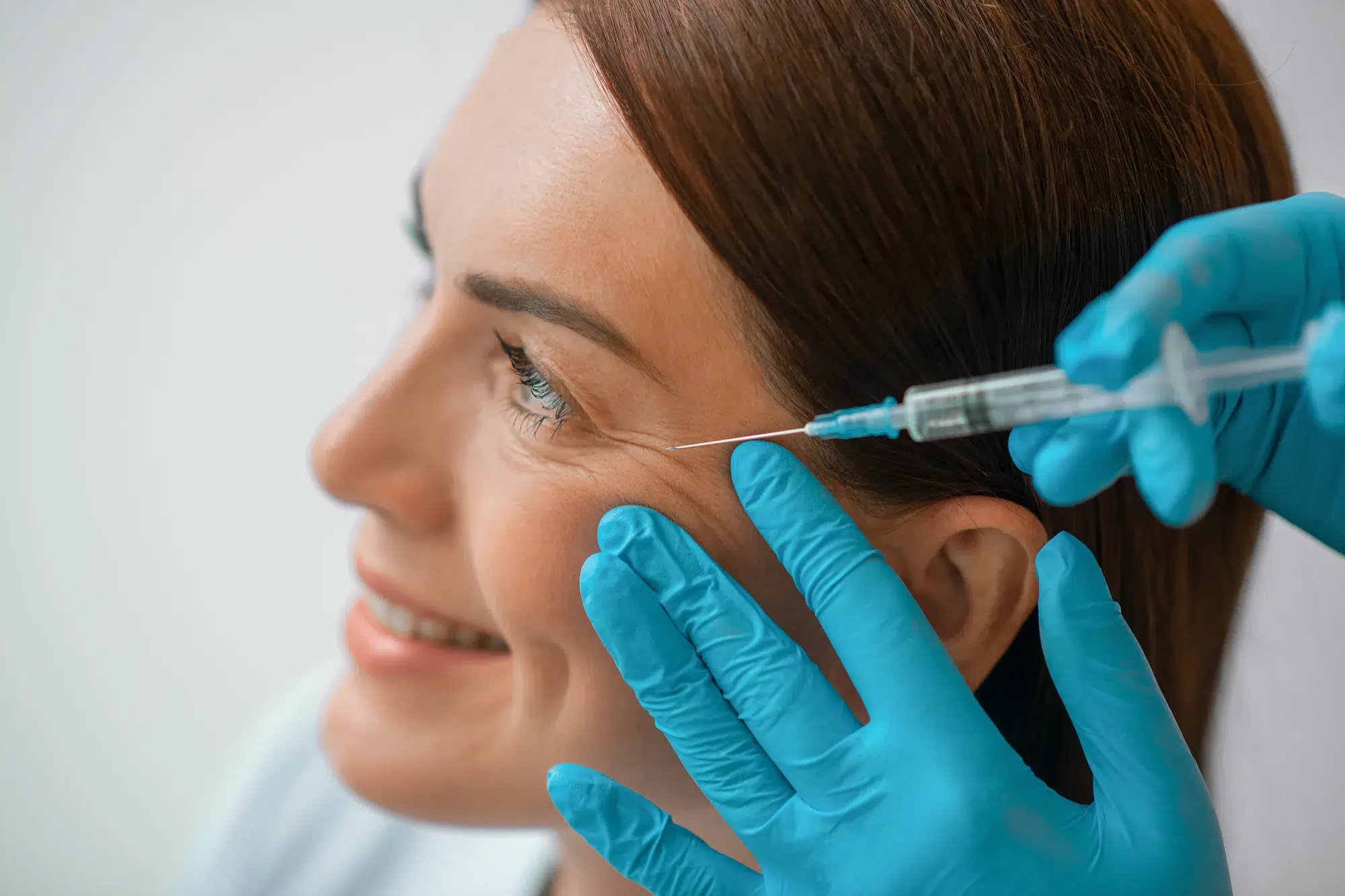
BOTOX® Advertising Guide for Medical Practitioners
If you’re a medical spa owner performing BOTOX® treatments, you may wonder how to market them.
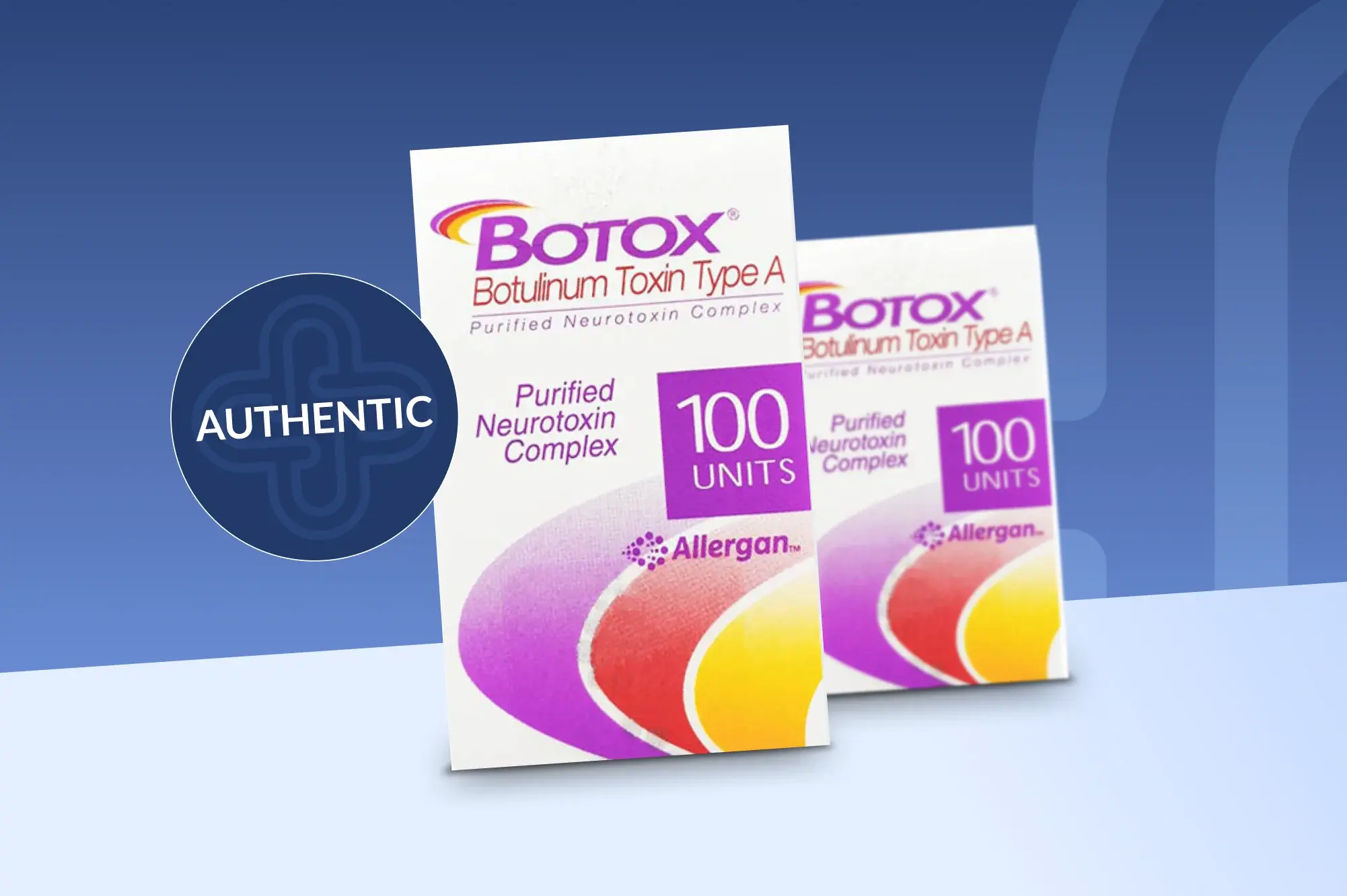
Medica Depot’s Guide for Recognizing Fake BOTOX®
The FDA has recently alerted healthcare professionals in the US about counterfeit cosmetic and medical products, namely the botulinum toxin brand BOTOX®.
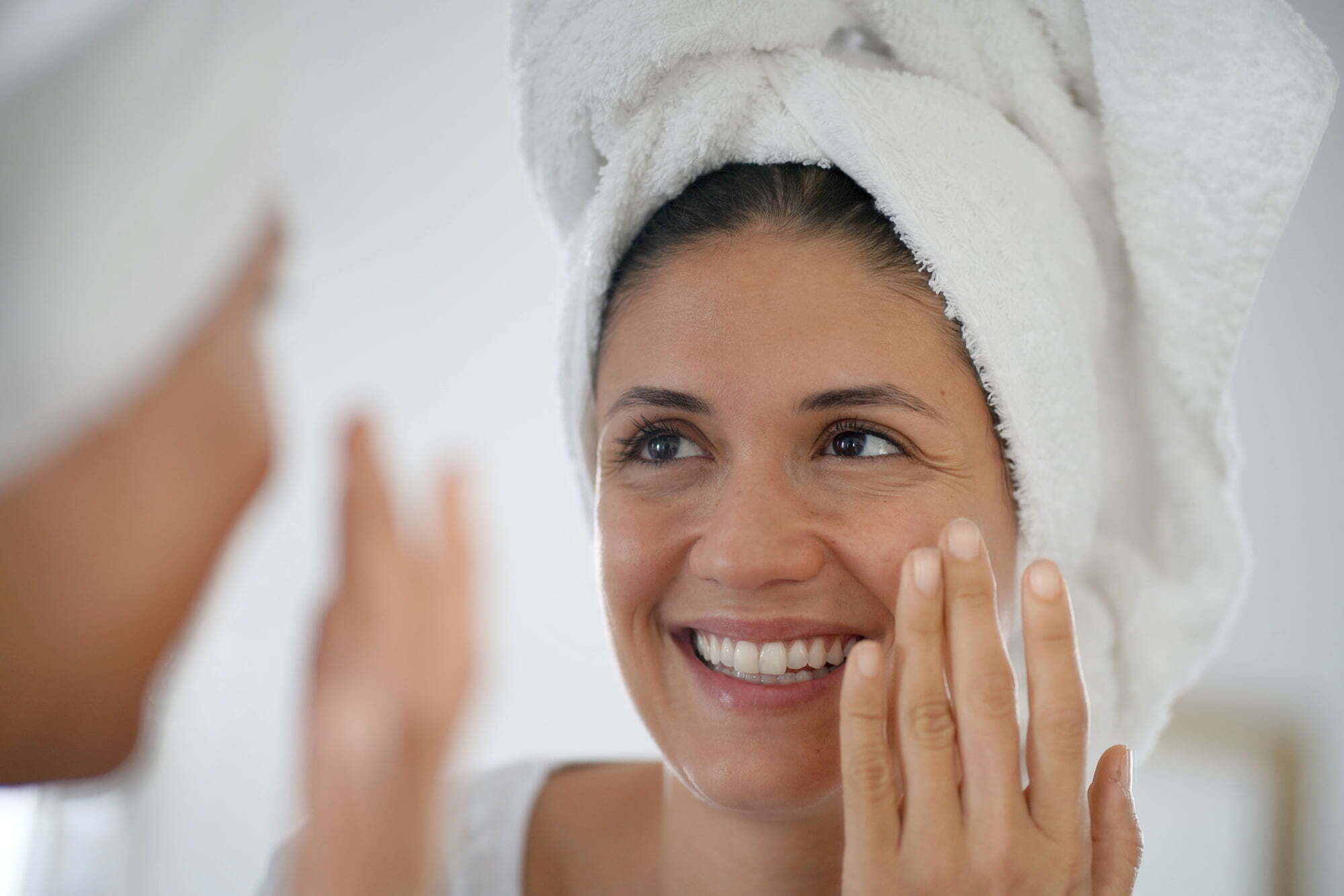
Marketing 101: How to Promote Skincare Products at Your Clinic
The beauty market is booming, and the competition is as fierce as ever.